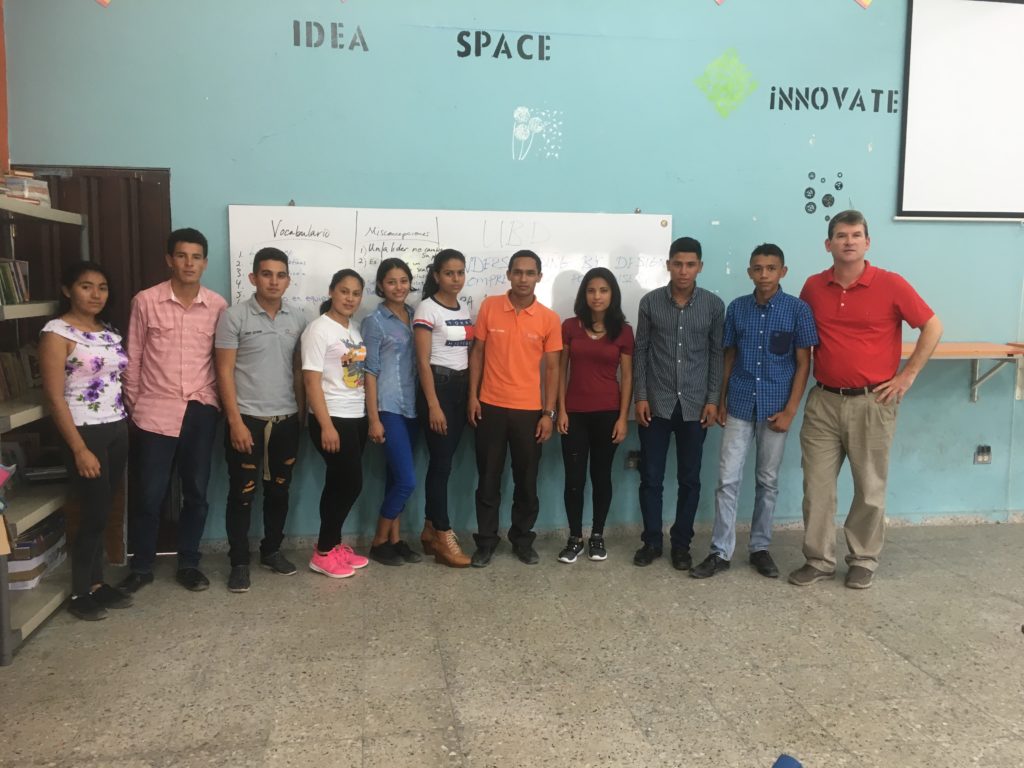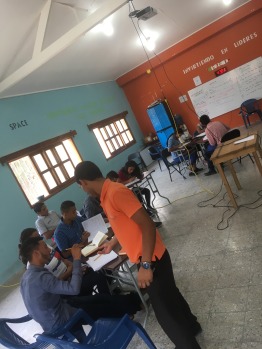Someone might ask you one day, how have you used data to make a difference in an educational setting?
I would like to share with you a recent example of an answer to this question from my practice.
I am currently 18.75% finished with my doctorate in education via University of Illinois: Champaign-Urbana. My research for my doctorate so far has looked at high school graduation rates in Honduras and some of the reasons for low (estimated less than 50%) rates in comparison to the USA (estimated 84-85%). One of the reasons consistently cited in research for low public high school graduation rates in Honduras is a lack of schools and teachers.
Serendipitously, recently I was asked by Head of Operations & Partnerships at E2E: Ada-Cruz-Torres to get involved with teacher training as a volunteer with Educate2Envision (E2E), a non-profit organization whose goal is to “bring affordable and impactful secondary school education to rural/poor communities across Honduras.” Based on the data from my doctoral research and research of E2E as an award-winning NGO, I decided to say yes and get involved with volunteer training of E2E teachers in bilingual Spanish/English principles of Understanding by Design (UbD).
We decided on UbD as a valuable training topic to help E2E teachers and learners articulate ‘big picture’ learning outcomes and plan backwards prior to implementing courses in entrepreneurship, leadership, community-building and other game-changing topics for Honduran youth. Today was the first teacher training.
I started at 7:45 am and drove 1 hour and 15 minutes from my apartment in Tegucigalpa, Honduras to Catarranas, Honduras a scenic, winding drive through hilly green countryside to deliver the first training on phase one Understanding by Design (UbD) to a group of young leaders. We worked for 2 hours in a spacious office connected to the public library, where Educate2Envision‘s office is located.
I gave the entire training in Spanish, which was a challenge but the participants were patient with my Spanish, which is advanced but not 100%. The training involved 12 bright students. We started with brief introductions and then discussed what their current classes typically look like and what they are learning. The participants shared with me that they are learning many subjects including how to become leaders and how to teach other youth to become leaders in their communities. I asked them if they had ever used the UbD format to plan their lessons. They said they had not.
Based on this, we used leadership as a topic for designing our first UbD unit: Leadership. We began with an introduction to key terms translated to Spanish, such as enduring understandings, transfer, topical understandings, essential questions and common misconceptions. Then we planned a sample unit on leadership. Working in groups of four, participants developed a 2 week plan for a leadership unit. Along the way we shared ideas with each other focusing more on the process than the content. By the end of the two hour session we had 3 first drafts of leadership units at Stage 1. We took a photo and said thanks to each other, created a group chat on whatsapp for collaboration purposes and plan to meet again in a few weeks to continue planning more units together.

Overall, this was a great volunteer experience from my point of view, it was nice to share the UbD format with a group of young leaders. Hopefully the training will help with their curricular planning and documentation, which in turn will engage more students in Honduras and ideally lead to an increase in high school graduation rates in Honduras. When I started my doctorate program I did not think the research and data would lead to action so quickly. Ultimately, a short conclusion can be framed in a brief essential question: Is research/data complete without action?
